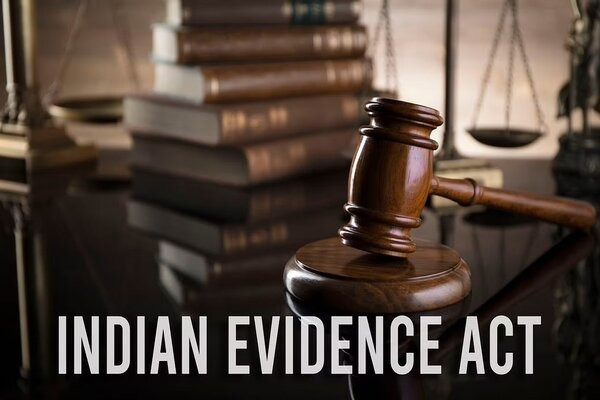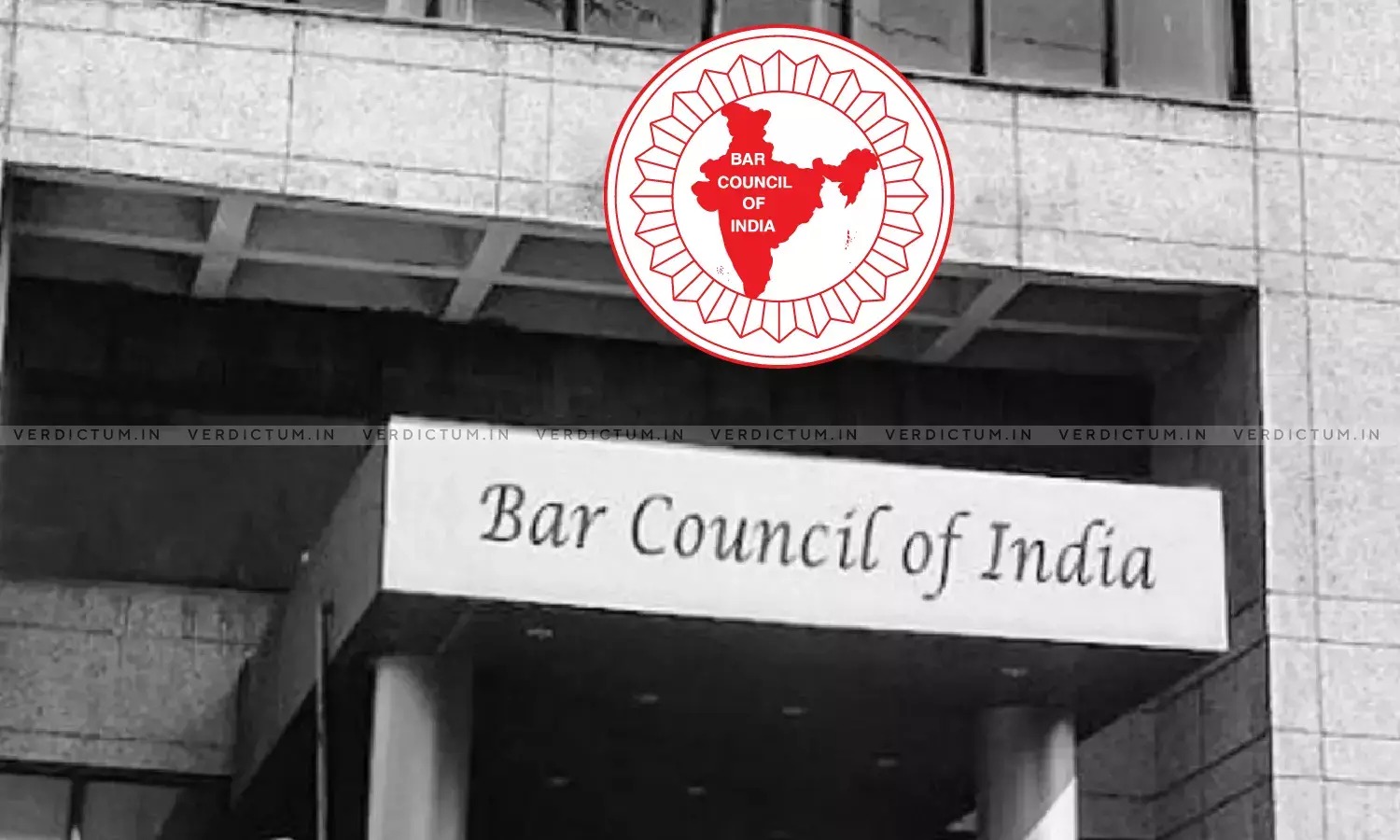@JUDGMENTTAG-ORDER
S. Vimala, J.@mdashThe District Revenue Officer, exercising powers u/s 147 of Criminal Procedure Code, passed a prohibitive order, directing the revision petitioner not to prevent the second respondent and the public from using the disputed panchayat road on the following ground:
(i) The property purchased by the second respondent herein, measuring an extent of 2 feet x 68� feet totaling 137 sq.ft. is the property already gifted to panchayat and the panchayat road found included this portion.
(ii) The public including the second respondent herein, who had been using the road for 17 years, cannot be prevented from using the same.
This order is under challenge in this revision petition.
Both sides were heard extensively on the question of Law and facts. The issue involved is whether the property comprised in Resurvey No. 965 at Vellore Village, Perundurai Taluk, measuring an extent of 137 sq. feet is the exclusive property of the second respondent or it is the property of the panchayat of which the second respondent herein has got the right to use. From the nature of the issue raised, it is evident that the issue involves decision on the complicated question of fact.
2. Facts:
Petitioner is the owner of the property to an extent of 3.24 Hectares in R.S. No. 965 located at Vellore Village, Perundurai Taluk. The petitioner formed a layout consisting of 94 sites after obtaining permission from Town and Country Planning Authority. He also gifted an extent of 1236B 1 sq.ft. to the panchayat for the purpose of formation of road, park, etc. After selling 90 sites, petitioner is in possession of remaining 4 sites.
2.1. It is the case of the petitioner that while gifting the property to the panchayat, he had retained 137 sq. feet of land on the western side of 30 feet road which was gifted to panchayat. The second respondent had purchased the said property from the petitioner''s wife Gandhimathi through a Sale Deed dated 7.2.2001. It is the contention of the second respondent that the property sold to him did not belong to the petitioner''s wife, but, it belonged to the panchayat. Thus contending he preferred a petition before the first respondent on 8.5.2012. This petitioner has also submitted the objections. Without authority, the first respondent has passed an order u/s 147 Cr.P.C. This order is under challenge in this revision petition.
2.2. After the passing of the order, the petitioner''s son filed a suit in O.S. No. 193 of 2011, claiming partition. The petitioner has also requested the Tahsildar to measure the property and to demarcate the same, but the Tahsildar has replied stating that as the suit is pending, the measurement can be done, only after the disposal of the suit. It is also relevant to point out that while donating the property to the panchayat, the 30 feet road has been described as, "road is to the east of petitioner''s property", thereby leading to the conclusion that the petitioner had property to the west of the road.
2.3. It is the contention of the learned counsel for the respondent that the petitioner had title only to an extent of 7.94 acres and not 8 acres in old S. No. 989 from the partition that took place in 1964 and therefore, his claim for 8 acres cannot be countenanced. It is further pointed out that in the suit filed by the son, the extent of properties described as 7.94 acres and not as 8 acres.
2.4. The nature and location of the property, series of transaction covering the transfer, rival claim covering an extent of 137 sq. feet from out of the large extent of property of 7.94/8 acres would go to show that the dispute between the parties require detailed investigation on factual aspects and may require, physical examination of the property with the help of surveyor. When such a complicated question of fact is involved with reference to title itself, the learned Magistrate should have relegated the party for determination of the dispute before the civil court, but, he has not done so. The power conferred on the Magistrate is to pass an order with regard to right to use the building or water and the power is not with reference to determination of the title itself.
3. Normally, the issue regarding title and possession which are of civil nature are decided only by the civil court. Only under exceptional circumstances, i.e., when there is an emergency on account of apprehension branch of peace and in order to prevent the same the Executive Magistrates are conferred with powers in a limited way to pass orders so as to prevent breach of peace.
4. Section 147 of the Code deals with apprehension of breach of peace when dispute is raised concerning rights of use of land or water. If the Executive Magistrate is satisfied from the report of a police officer or from any other source about any dispute which is likely to cause breach of peace with reference to alleged right of user of any land or water, the Magistrate can pass an order stating the grounds of the satisfaction and shall direct the parties concerned, to put in their respective claims by way of written statements. After perusal of the written statements and after making enquiry, and after receiving the evidence shall decide whether such right exists. If the Magistrate finds that any such right exists, he may make an order (a) prohibiting any interference from such rights and (b) in appropriate cases, an order for removal of obstruction.
4.1. The order passed by the Executive Magistrate has to be tested in the light of the provisions of Section 147 Cr.P.C. highlighted above.
5. The learned counsel for the revision petitioner has relied upon the following two decisions:
(i) Angappa Gounder and Others v. Krishnaswami Gounder, IR 1959 Madras 28 where-under it has been held as follows:
The sole object behind these sections is to prevent breaches of the peace, and if a Magistrate finds that there is a likelihood of the breach of the peace and that is due prima facie to the wrongful act of a person, he can direct that person to desist from doing a wrongful act, everything incidental thereto must be included, that is, if it is necessary for the wrong-doer to remove himself or remove any obstruction that he has placed in the way of the enjoyment of the right of the other side, he must also remove that.
(ii)
11. We find from this case that there is nothing to show that an emergency exists so as to invoke Section 146(1) and to attach the property in question. A case of emergency, as per Section 146 of the Code has to be distinguished from a mere case of apprehension of breach of peace. When the reports indicate that one of Magistrate cannot pass an order of attachment on the ground of emergency. The order acknowledges the fact that Ashok Kumar, has started construction in the property in question, therefore, possession of property is with the appellant Ashok Kumar, whether it is legal or not, is not, is not for the SDM to decide.
These two decisions are relevant and apply to the facts of this case.
6. Perusal of the order passed by the Executive Magistrate reveal that neither the existence of emergent situation which is likely to cause breach of peace nor the satisfaction of the grounds providing for such apprehension, has been disclosed in the order. Therefore, the order passed is without the availability of jurisdictional facts. Therefore, there is a jurisdictional obstruction to the Magistrate to exercise the powers u/s 147 Cr.P.C. The jurisdiction of the civil court cannot be usurped by the Executive Magistrate in the garb of exercising powers u/s 147 Cr.P.C. Therefore, the order passed u/s 147 Cr.P.C. is liable to be set aside and set aside accordingly. In the result, the criminal revision case is allowed. Consequently, connected M.P. is closed.

